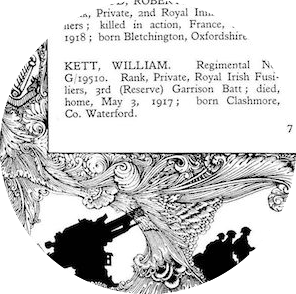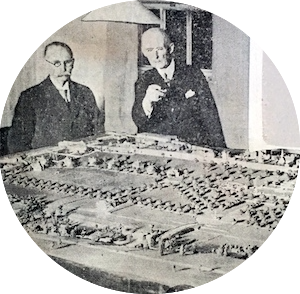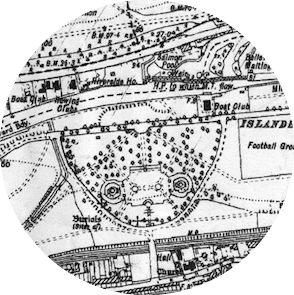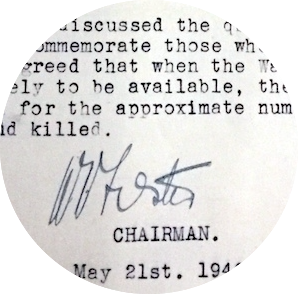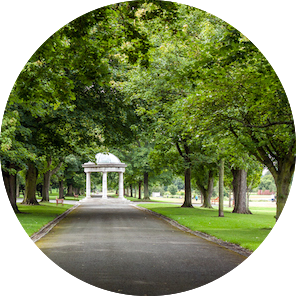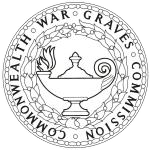History
Explore a detailed history of the Irish National War Memorial Gardens through the links below.
The First World War
The Books of Remembrance and Harry Clarke
The Idea for a Memorial and Sir Edwin Lutyens
The Building of the Gardens
The Second World War
Restoration
Download
A walking trail of the Gardens based on the First World War.
Download
An illustrated brochure guide to the Gardens.
Bibliography
-
Boydell, Lt. Col., ‘The Irish National War Memorial: its meaning and purpose’ in British Legion Annual (Dublin, 1941), pp. 15-51
-
Costigan, Lucy / Cullen, Michael. Strangest Genius: the Stained Glass of Harry Clarke (History Press Ireland, 2010)
-
D’Arcy, Fergus. Remembering the War Dead (2007)
-
Dungan, Myles. Irish Voices from the Great War (Merrion Press, 2014)
- Geurst, Jeroen. Cemeteries of the Great War by Sir Edward Lutyens (2013)
-
Gordon Bowe, Nicola. Harry Clarke: The Life and Work (History Press Ireland, 2012)
-
Helmers, Marguerite. Harry Clarke’s War: Illustrations for Ireland’s Memorial Records 1914-1918 (Irish Academic Press, 2016)
- Johnson, Nuala C. Ireland, the Great War, and the Geography of Remembrance (2003)
-
Skelton, T.J. / Gliddon, G. Lutyens and the Great War (2008)
Genealogy
Trace your military ancestors with the help of these resources.
- Ireland’s Memorial Records
- Irish Genealogy
- Genealogical Society of Ireland, especially this invaluable guide (PDF)
- The 1901 and 1911 Census Online
- Griffith’s Valuation Records
- Family Search (contains Irish civil records index)
- Roots Ireland
- Ancestry, especially their WW1 search
- The Irish Military Archives
- Irish Casualties of World War One on Ancestry
Pedestrian Gate
Temple
The plaque on the floor reads: “We have found safety with all things undying / The winds, and morning, tears of men and mirth / The deep night, and birds singing, and clouds flying / And sleep, and freedom, and the autumnal earth.”
Public Carpark
Pedestrian Gate
North Terrace
Eight holly trees originally stood as ‘generals’ on the North Terrace overlooking serried ranks of flowering cherries or ‘foot soldiers’.
Rose Garden
The sunken rose gardens have central lily ponds as focal points and are encircled by yew hedges.
Rose Garden
The sunken rose gardens have central lily ponds as focal points and are encircled by yew hedges.
Bookroom
The four granite bookrooms, representing the four provinces of Ireland, contain the books of remembrance as well as the Ginchy Cross.
Bookroom
The four granite bookrooms, representing the four provinces of Ireland, contain the books of remembrance as well as the Ginchy Cross.
Bookroom
The four granite bookrooms, representing the four provinces of Ireland, contain the books of remembrance as well as the Ginchy Cross.
Bookroom
The four granite bookrooms, representing the four provinces of Ireland, contain the books of remembrance as well as the Ginchy Cross.
Fountain
The obelisks at the centre of the broad-based fountains symbolise candles.
Fountain
The obelisks at the centre of the broad-based fountains symbolise candles.
War Stone
Weighing seven and a half tons, this is identical to First World War Stones found across the world, and resembles an altar.
Central Lawn
The lawn enclosed by a high dry limestone wall with granite piers.
Great Cross
On the cope of the wall at the cross is inscribed the words “To the memory of the 49,400 Irishmen who gave their lives in the Great War, 1914-18”.


